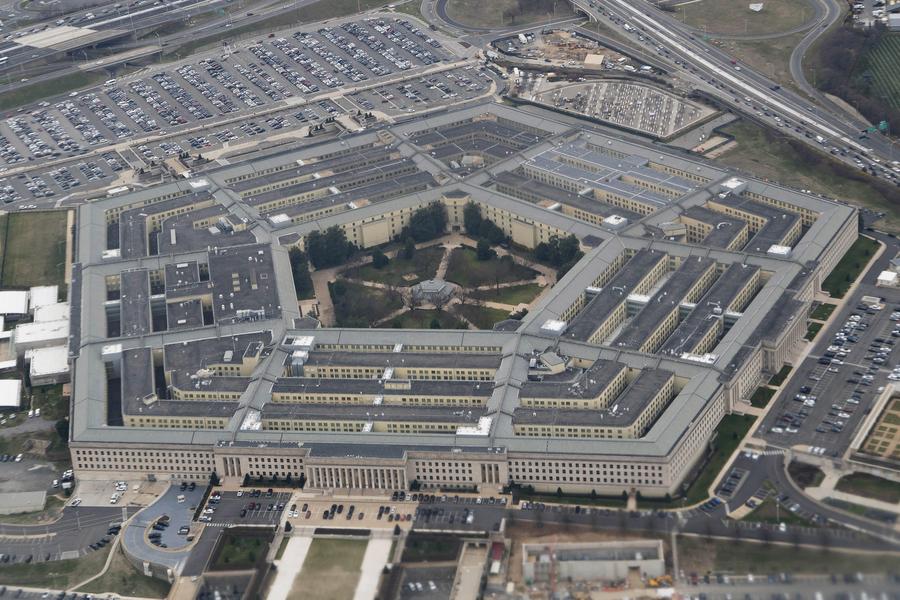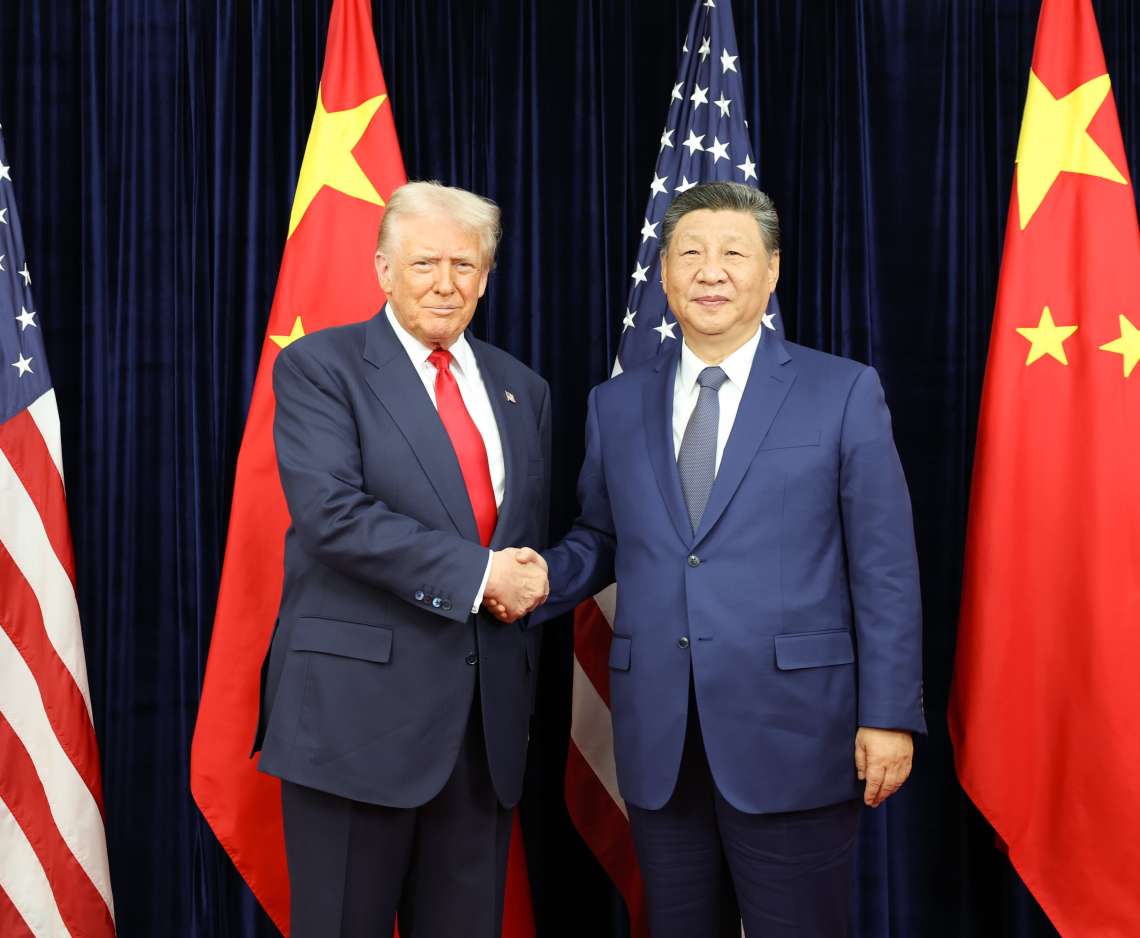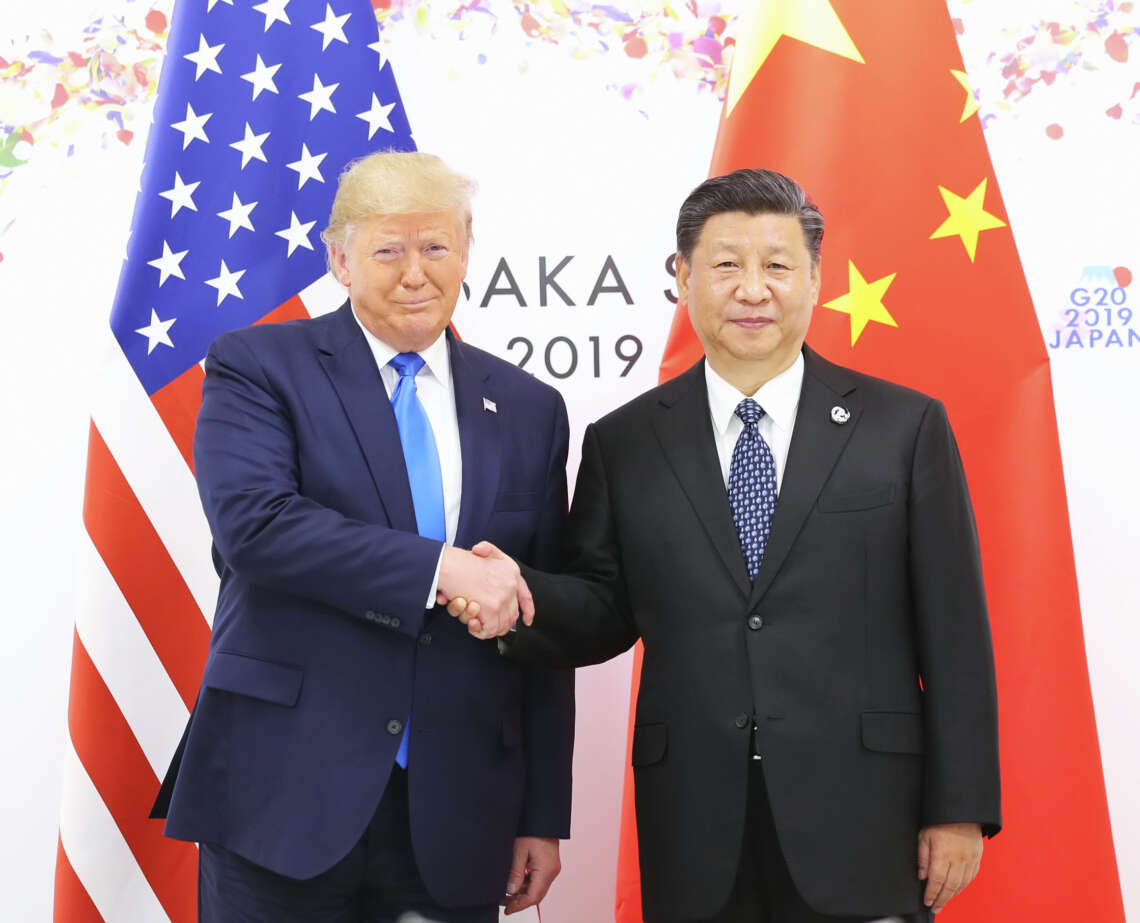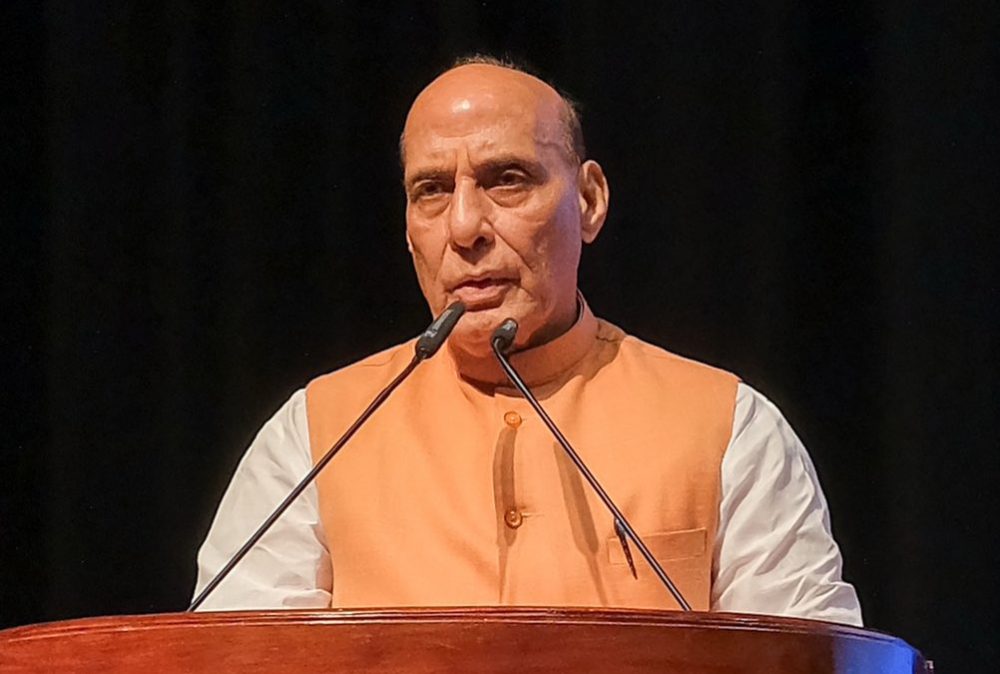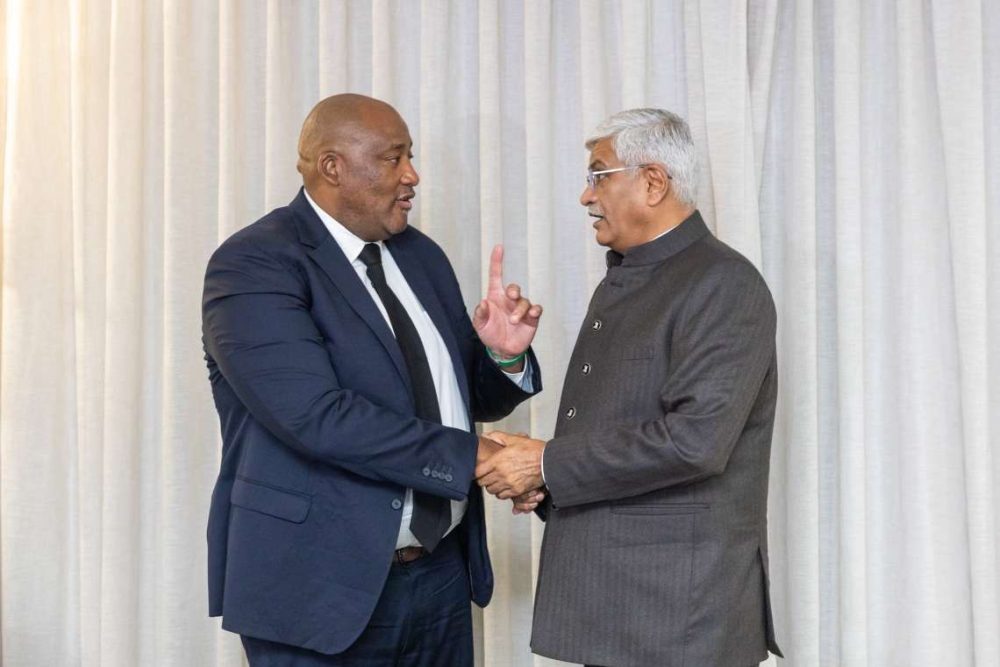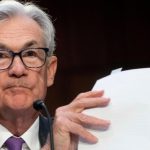The disclosure comes as President Donald Trump grows increasingly frustrated at his failure to deliver a breakthrough in the three-year-old conflict…reports Asian Lite News
The United States is quietly preventing Ukraine from using American-made long-range missiles to strike inside Russian territory, according to reports that have further complicated Washington’s role in efforts to end the war.
The Wall Street Journal reported on Saturday that the Pentagon has placed strict limits on Ukraine’s use of the Army Tactical Missile System (ATACMS), effectively stopping Kyiv from deploying the weapons for deep strikes against Russia. The restrictions, which have not been publicly acknowledged, are said to be part of an internal approval process overseen by US Defence Secretary Pete Hegseth.
Reuters said it could not independently verify the Journal’s account, and both the White House and the Pentagon declined to comment when contacted. Ukrainian officials also made no immediate statement.
The disclosure comes as President Donald Trump grows increasingly frustrated at his failure to deliver a breakthrough in the three-year-old conflict. Despite staging a high-profile summit with Vladimir Putin in recent weeks, followed by discussions with European leaders and Ukrainian President Volodymyr Zelensky, the American leader has little tangible progress to show.
Speaking at the White House on Friday, Trump admitted he was considering a new course of action. “I’m going to make a decision as to what we do and it’s going to be a very important decision,” he told reporters. “That’s whether or not it’s massive sanctions or massive tariffs or both, or we do nothing and say it’s your fight.”

The president has openly entertained the possibility of abandoning Washington’s direct involvement in mediation, raising fears among allies that the United States may step back at a critical stage.
The administration had sought to broker a face-to-face meeting between Putin and Zelensky, but efforts have faltered amid resistance from Moscow. Russian Foreign Minister Sergei Lavrov told NBC on Friday that there was currently “no agenda” for such talks.
“Putin is ready to meet with Zelensky when the agenda would be ready for a summit. And this agenda is not ready at all,” Lavrov said, dismissing the prospect of a meeting in the near future.
That reluctance has fuelled speculation that Moscow is in no hurry to reach a deal, calculating that it can withstand Western economic pressure while continuing to hold territory in eastern Ukraine.
Ukraine has repeatedly lobbied Washington for greater freedom in deploying the ATACMS system, a precision weapon capable of hitting targets up to 300 kilometres away. Kyiv argues that the missiles could be used to disrupt Russian logistics hubs, command centres and air bases situated beyond the immediate front lines.
However, US officials remain deeply wary of escalation. Allowing Ukraine to fire American-made missiles into Russian territory, they fear, could provoke a direct confrontation between Washington and Moscow.
According to the Wall Street Journal, an approval mechanism within the Pentagon requires clearance for every potential ATACMS strike. Hegseth, the Defence Secretary, has the final say. The arrangement has effectively tied Ukraine’s hands, forcing it to focus on shorter-range operations within occupied territory.
Analysts say the restriction highlights a growing divergence between Kyiv’s battlefield ambitions and Washington’s risk calculations. While Ukrainian commanders insist long-range strikes are vital to blunt Russia’s offensive capacity, the Pentagon continues to weigh escalation risks above immediate military gain.
Trump’s handling of the war has become an increasingly contentious issue domestically. Having campaigned on promises of ending “forever wars”, the president has grown anxious about being seen as presiding over a stalemate. His recent comments reflect mounting irritation with both Moscow’s intransigence and Kyiv’s demands for additional support.
Inside Washington, lawmakers are divided. Some Republicans have urged Trump to give Ukraine more freedom to strike back, warning that hesitation only emboldens Russia. Others, particularly within Trump’s base, argue that further entanglement is costly and risks dragging the US into direct conflict.
European allies, meanwhile, are pressing Washington not to scale back its involvement. Diplomats fear that without strong US leadership, efforts to maintain a united front against Russia could unravel.
For Ukraine, the Pentagon’s restrictions represent a significant obstacle as it seeks to repel Russia’s ongoing assaults. The inability to target infrastructure inside Russian territory limits Kyiv’s ability to disrupt supply chains that fuel Moscow’s war effort.
Military analysts caution that even if Trump were to authorise tougher sanctions or tariffs against Russia, the immediate impact on the battlefield would be limited compared with the potential effect of expanded military capabilities.
For now, the prospect of peace talks remains distant. Putin has shown little inclination to negotiate on terms acceptable to Kyiv, while Ukraine insists any settlement must include a full Russian withdrawal.
With the war grinding on, Trump faces a difficult choice: double down on economic and military pressure in the hope of forcing concessions, or risk ceding influence by stepping back from the process. His comments on Friday suggest both options remain on the table.
As one senior European diplomat observed this weekend, “The United States remains the only power capable of moving this conflict towards resolution. If Washington pulls back, the war will drag on at enormous cost.”


